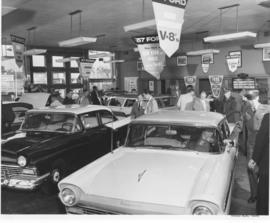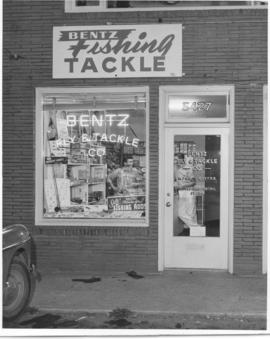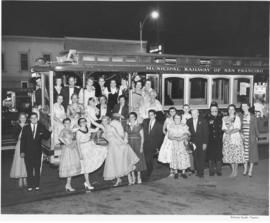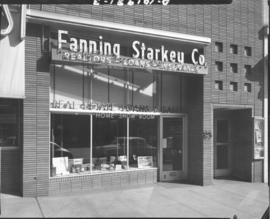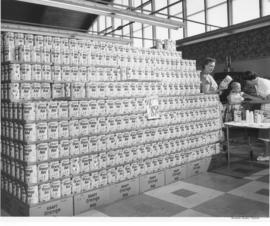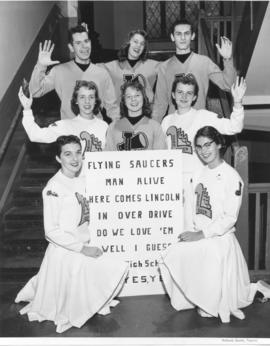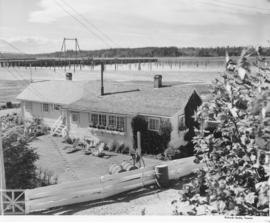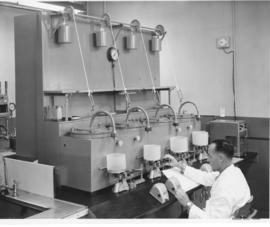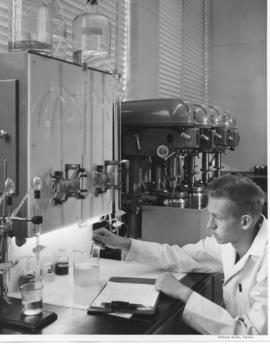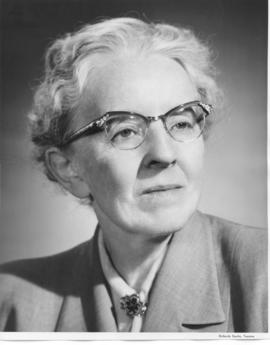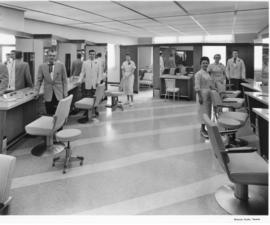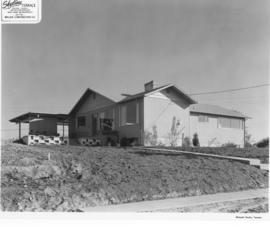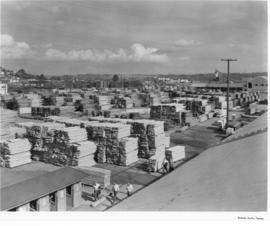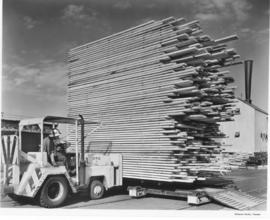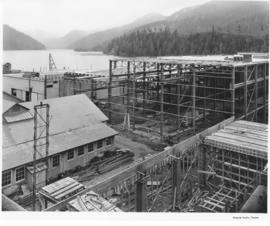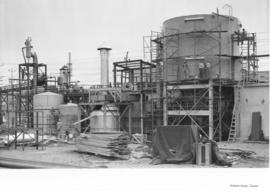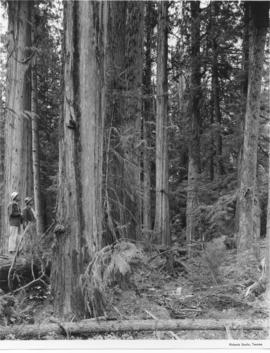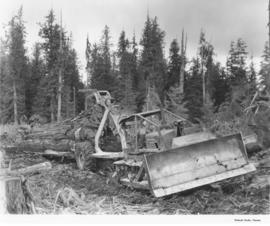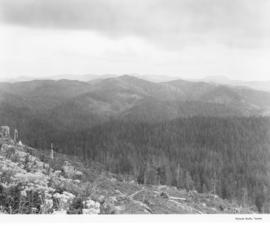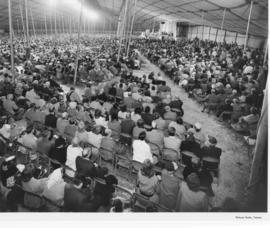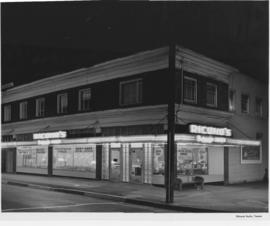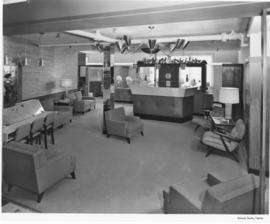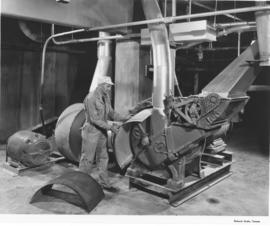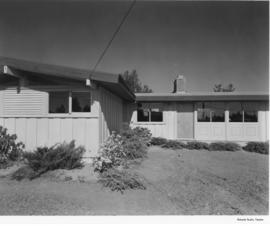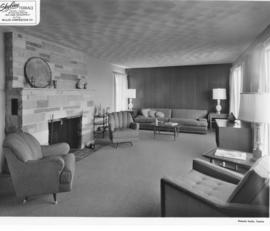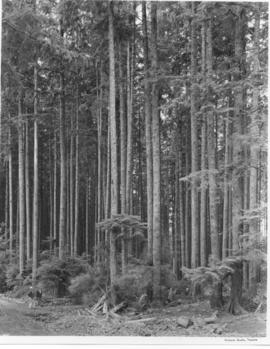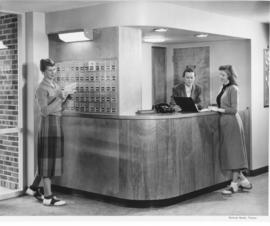- Item
- 1956-09
Part of Richards Studio Photographs
Crowds gather in the sales room of Mallon Motor Company to admire the new 1957 Fords. The car in the right front of the photo is a '57 model Ford Fairlane. What appears to be a station wagon can be seen in the background. Long and sleek and sized for comfort in these days of inexpensive gasoline, the back of the cars still have fins, the fronts are long and house V-8 engines. The passenger cars of 1957 represented the biggest change in the modern history of the Ford car. The new cars were longer and lower and for the first time offered in two basic sizes, the Fairlane and the custom. Nineteen different models were offered. The Fairlanes were 9 inches longer and 4 inches lower than the 1956 model with increased head room. Other basic changes were wide hooded headlights, forward slanting grille, windshields that wrapped farther around the sides and the distinctive rear fender fins slanting slightly outward to emphasize contoured sides. Also, for the first time the high performance V-8 engine was available as an optional power plant on all Ford cars. (TNT 10/1/1956, pg. 3; 10/2/1956, pg. 4)
Automobile dealerships--Tacoma; Mallon Motors, Inc. (Tacoma); Ford automobile;
